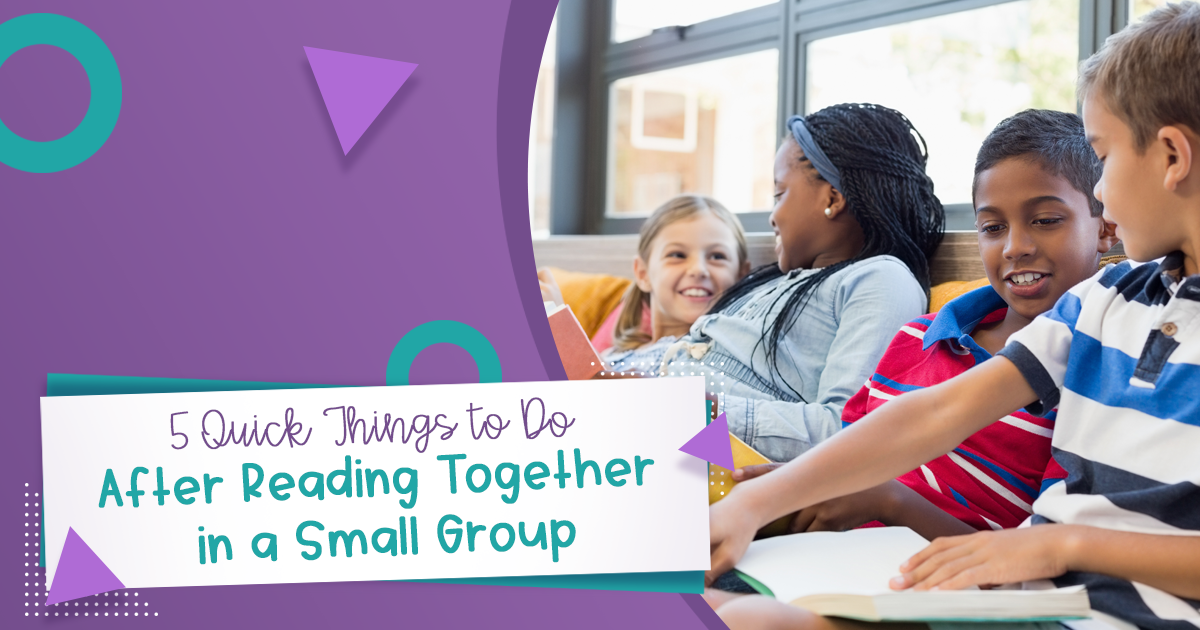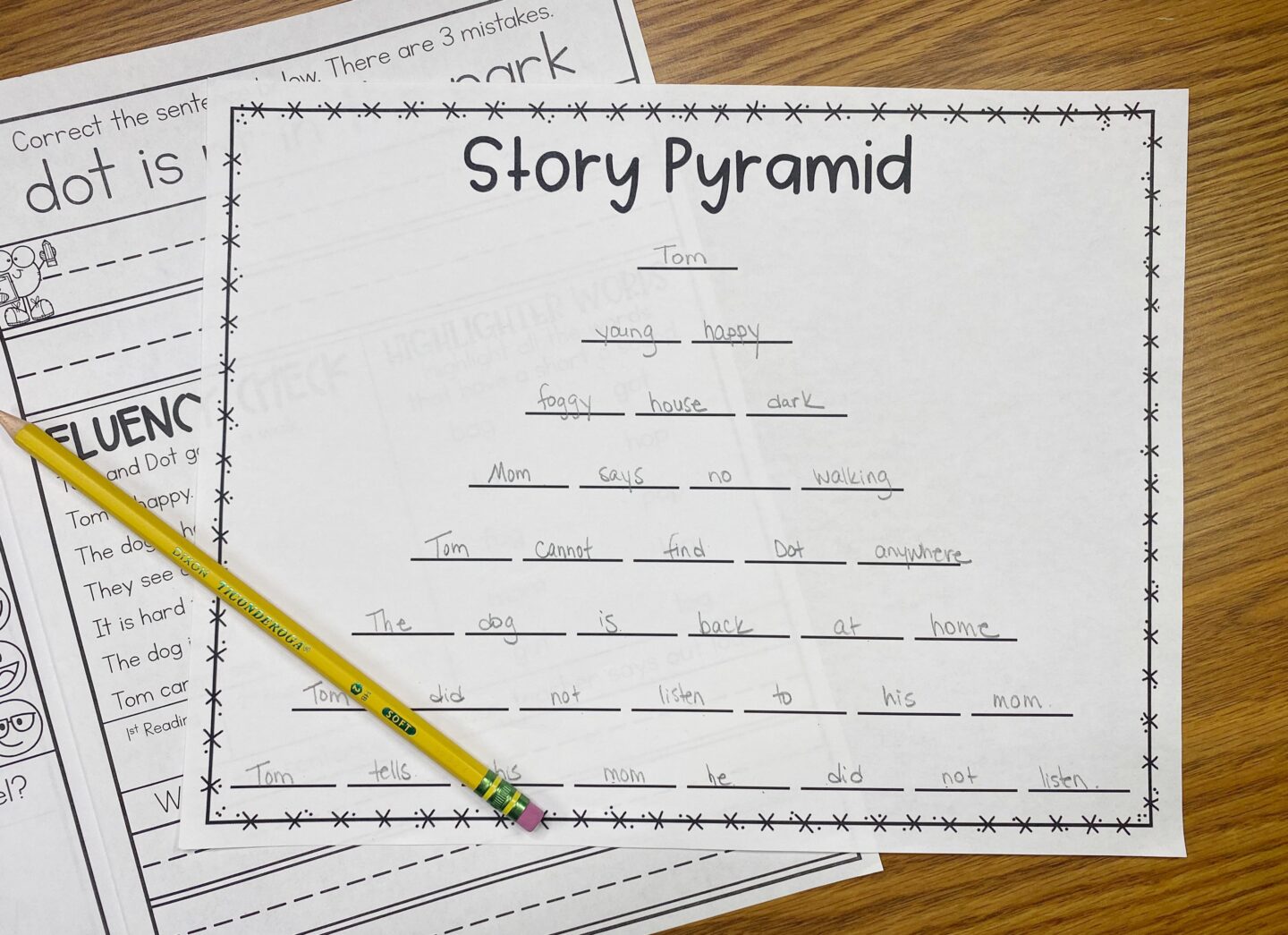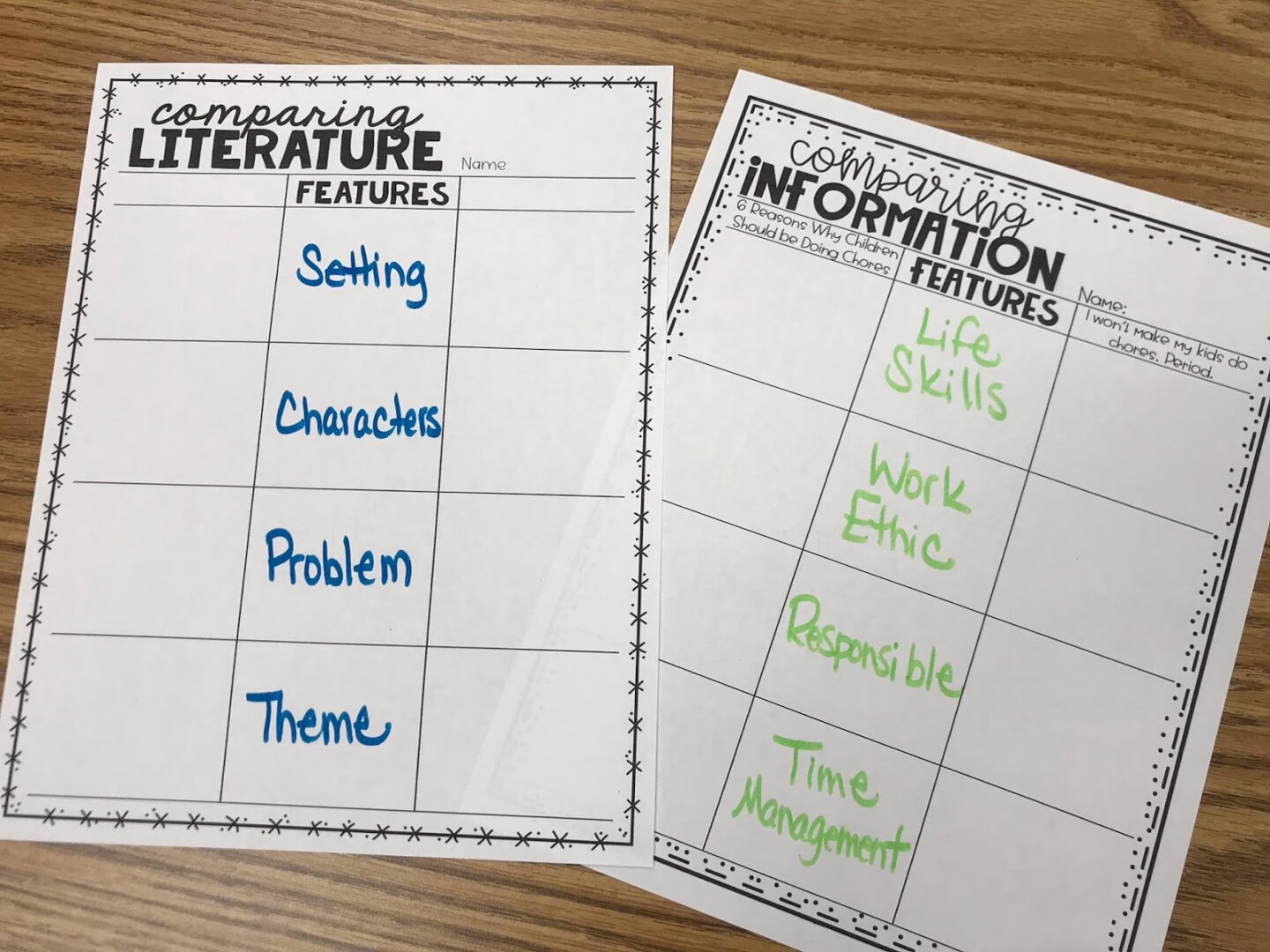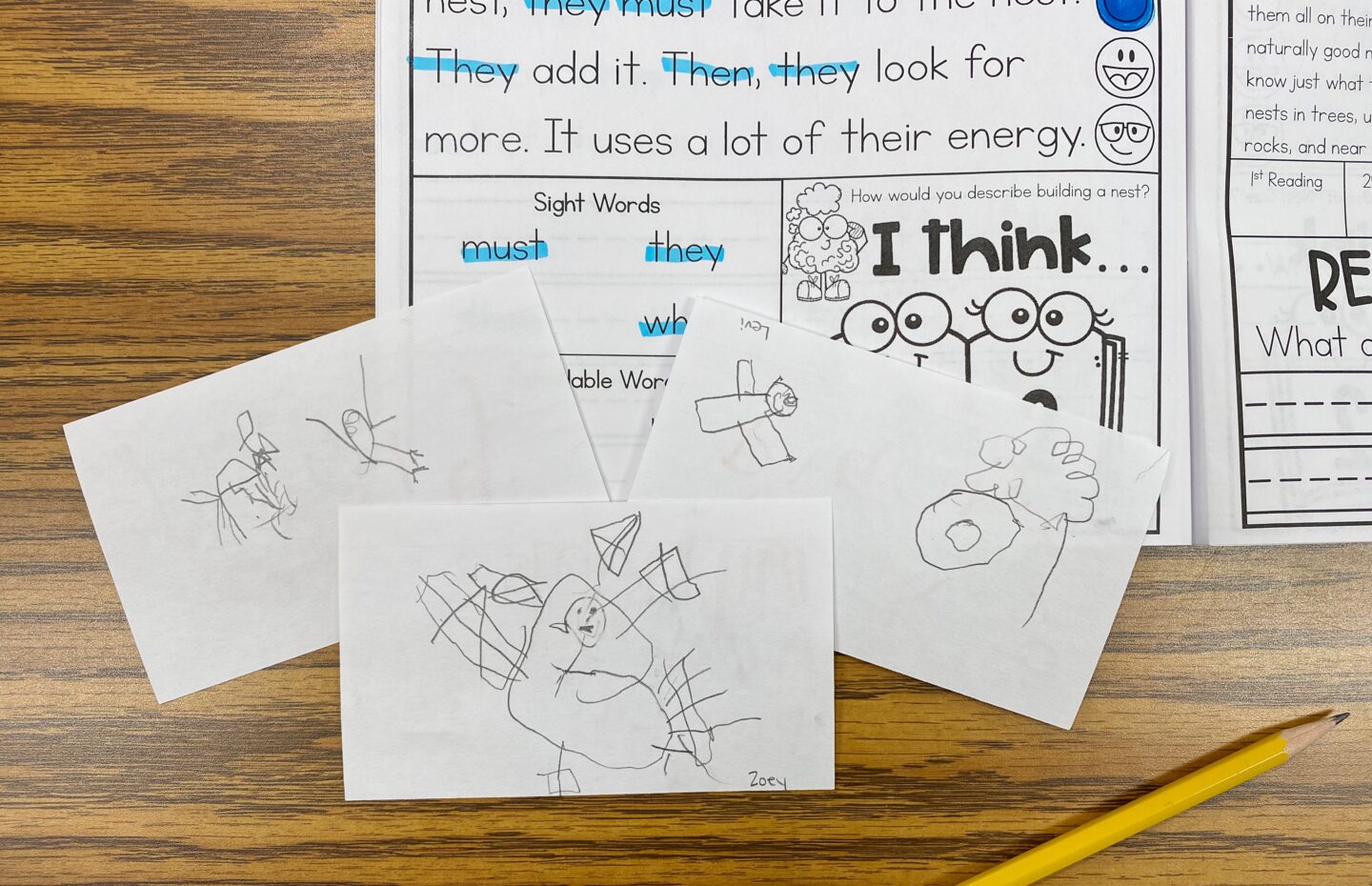
This just my opinion, but I think AFTER reading together in a small group is when the hard stuff happens. When we are doing pre-reading or during reading activities we naturally support our students. After reading though, we expect our students to go straight into independent work. We go from a high level of support to no support. In my mind, we have to find a way to balance this, so the students are supported at all times.
Four Corners
I like four corners because most teachers are familiar with this game and it is easily adaptable. I would suggest having corners that say agree, disagree, strongly agree, and strongly disagree.
Start off by reading a sentence about your passage. After hearing the sentence your students will pick whether they agree, disagree, strongly agree, or strongly disagree. Students can then have a discussion with the people in their corner.
A lot of times, we throw students straight into answering open-ended questions. I love these discussions because they can help students support their own answers in writing later.

Story Pyramid
My students love this activity because they think they are getting out of writing lengthy responses. This story pyramid starts with a one-word answer at the top, followed by a two-word answer, a three-word answer, and so on. Eventually, students will have an eight word answer that describes how the problem was solved in the story.

Use a T-Chart
I prefer to use T-Charts when comparing information about multiple characters or from multiple texts. I think it gives students more of a purpose and a way to organize information.
Then, when it is time to answer multiple choice questions, open-ended questions, or begin responding to writing prompts, they have information to fuel their responses.
Visualizing Around the World
After reading together in a small group, you might want to discuss the setting of the story. It is often difficult for our students to visualize where a story took place.
If you are familiar with Around the World or other similar games, this will sound very familiar to you. Your students will take turns telling of things that they “saw” while reading the story. The trick to winning is that you must remember the previous players’ responses.
- Student 1: When we read this story, we saw sand.
- Student 2: When we read this story, we saw sand and a beach chair.
- Student 3: When we read this story, we saw sand, a beach chair, and a bottle of sun screen.
- Student 4: When we read this story, we saw sand, a beach chair, a bottle of sun screen, and the sun.
Students must think of things that they would see within the setting of your story.

Story Card
Begin by giving your students a 3×5 cards. I like the cards that are blank on both sides.
On one side of the card, I have the students draw a picture from the story. On the other side, we write about the passage. You can adapt this part of the activity to fit the age or writing ability of your students. Maybe they are writing words, phrases, or sentences from or about the story.
